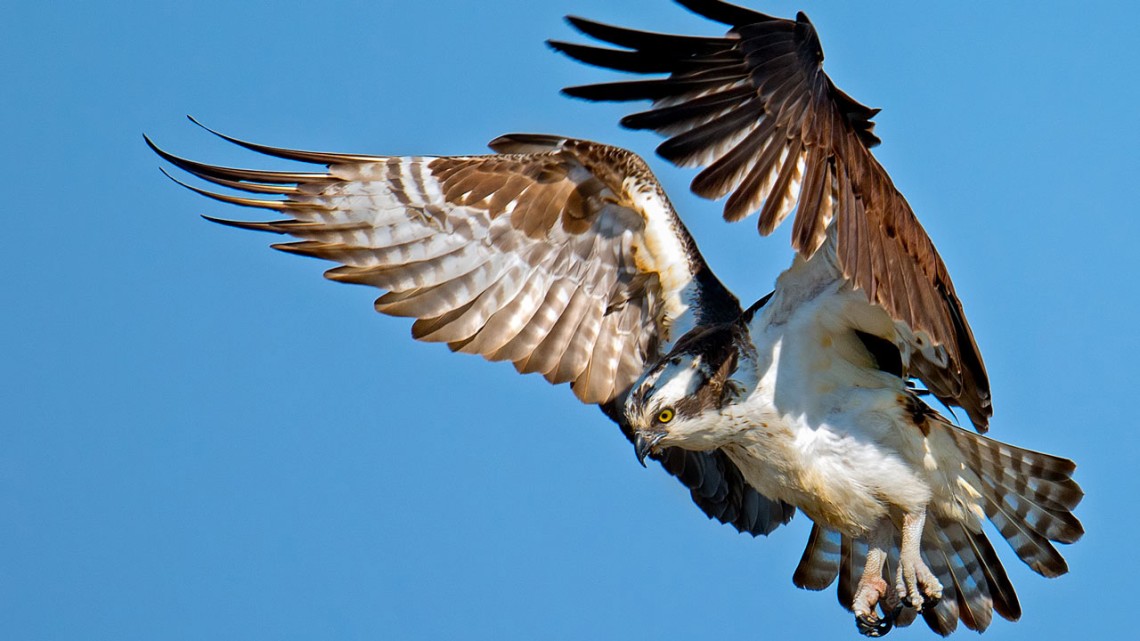As cities gobble up increasingly more natural spaces, a variety of birds have adapted to live alongside traffic, noise, skyscrapers, and large numbers of humans. In order to help cities strengthen biodiversity through better urban planning, a team of researchers led by the University of California, Los Angeles (UCLA) has recently identified the most important traits that help birds adapt to urban living.
“Identifying traits that help wildlife adapt or even thrive in cities can help urban planners bolster biodiversity by, for example, increasing green spaces, planting more and taller trees, building more varied potential habitats, or reducing housing density,” explained study lead author Monte Neate-Clegg, a postdoctoral fellow in Ornithology at UCLA. “It can also help conservation biologists to identify which types of species are most threatened by urbanization.”
The researchers used data on over 125 million individual bird sightings from the public science project eBird to calculate an “urban association index” – which describes how closely each bird species is associated with living in cities – and applied it to 3,768 bird species in 137 cities across six continents.
“Many of the most common urban birds globally are very familiar to us here in the U.S., including the house sparrow, barn swallow, osprey, and peregrine falcon,” said senior author Morgan Tingley, an associate professor of Ecology and Evolutionary Biology at UCLA.
“Although, interestingly, the species with the strongest associations with urban areas are actually three species of parakeet and a tanager from South America. Plus, of course, the feral pigeon.” Moreover, bird families with high average scores on the index included starlings, swallows, swifts, parrots, blackbirds, and orioles.
The birds with the highest urban associated index shared a variety of traits that allow them to thrive in urban settings, including smaller body size, lower territoriality, greater ability to fly over long distances – a trait known as “dispersal ability” – broader dietary preferences and habitat niches, and larger clutch sizes. Such traits make it easier for birds to find food and suitable nesting places in cities, while raising offspring that survive.
“In a city like Los Angeles, for example, the American crow is a cosmopolitan species whose broad diet, arboreal nesting habits, and long lifespan favor life in the concrete jungle. In contrast, canyon wrens are highly territorial insectivores with low dispersal ability that shun cities and keep to steep, rocky terrain,” Neate-Clegg explained.
However, cities’ geographical properties – such as latitude, population sizes, or surrounding terrain – moderated the importance of these traits. For instance, while a broad diet was found to be more important in temperate cities such as New York, habitat generalists were more prevalent in tropical cities such as Bogotá.
Moreover, if in cities with small populations and plentiful natural surroundings such as Anchorage, Alaska, large birds like bald eagles – which feed on fish from rivers and lakes – can easily thrive, sprawling, densely populated cities like Bangkok usually feature smaller birds that don’t require much raw land and can adapt to consuming a variety of foods to survive.
“Thus, the importance of trait filters in birds varies predictably across cities, indicating biogeographic variation in selection for urban tolerance that could explain prior challenges in the search for global patterns. A globally informed framework that predicts urban tolerance will be integral to conservation as increasing proportions of the world’s biodiversity are impacted by urbanization,” the authors concluded.
The study is published in the journal Current Biology.
Which birds are common in cities?
The types of birds commonly found in cities can vary depending on the location and habitat of the city. However, here are some of the most common bird species found in urban areas:
Pigeons
Pigeons are one of the most common bird species found in cities around the world. They are adaptable and can survive on a diet of seeds and scraps.
Sparrows
Sparrows are also common in urban areas, and they are known for their distinctive chirping songs. They can often be found in gardens and parks.
Starlings
Starlings are a species of bird that have adapted well to urban environments. They are known for their ability to mimic other birds’ songs and sounds.
Seagulls
Seagulls are a common sight in coastal cities, and they are opportunistic feeders that will eat almost anything.
Crows and ravens
These birds are known for their intelligence and adaptability, and they are often found in urban areas scavenging for food.
House sparrows
House sparrows are small birds that are found in cities worldwide. They are known for their brown and gray plumage and their habit of nesting in buildings and other man-made structures.
Canadian geese
Canadian geese are migratory birds that often spend the winter in urban areas. They are known for their distinctive honking calls and their large size.
Overall, many species of birds can be found in urban areas, and the ones listed above are just a few of the most common.
How do birds thrive in cities?
Birds have adapted to living in urban environments by changing their behavior, habitat use, and diets. Here are some ways in which birds thrive in cities:
Nesting
Birds build nests in various urban environments, including buildings, trees, and even on the ground. Many birds also use nesting boxes or birdhouses provided by humans.
Diet
Urban birds have adapted to eating a wide range of foods, including insects, seeds, fruits, and human food scraps. Some species, such as pigeons and gulls, have become particularly adept at scavenging in urban areas.
Flight
Birds have plenty of space to fly in urban areas, and they use rooftops and other structures as perches and launch sites. Additionally, urban areas often have less wind turbulence, which makes it easier for birds to fly.
Light
Urban areas often have a lot of light pollution, which can disrupt some bird species’ migratory patterns. However, other species, such as owls and nightjars, have adapted to living in areas with artificial light.
Temperature
Urban areas can be warmer than rural areas due to the urban heat island effect, which can benefit some bird species. However, this effect can also be harmful if temperatures become too high.
Overall, while living in urban areas can present challenges for birds, many species have adapted to thrive in these environments.
Visit this urban hot spot: The Amitabha Stupa (Sedona) – Birding in the Verde Valley (verdevalleybirding.com)

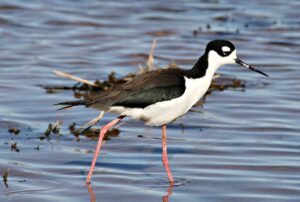

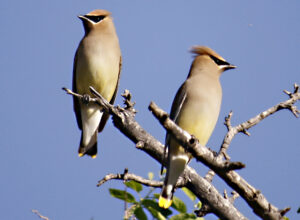
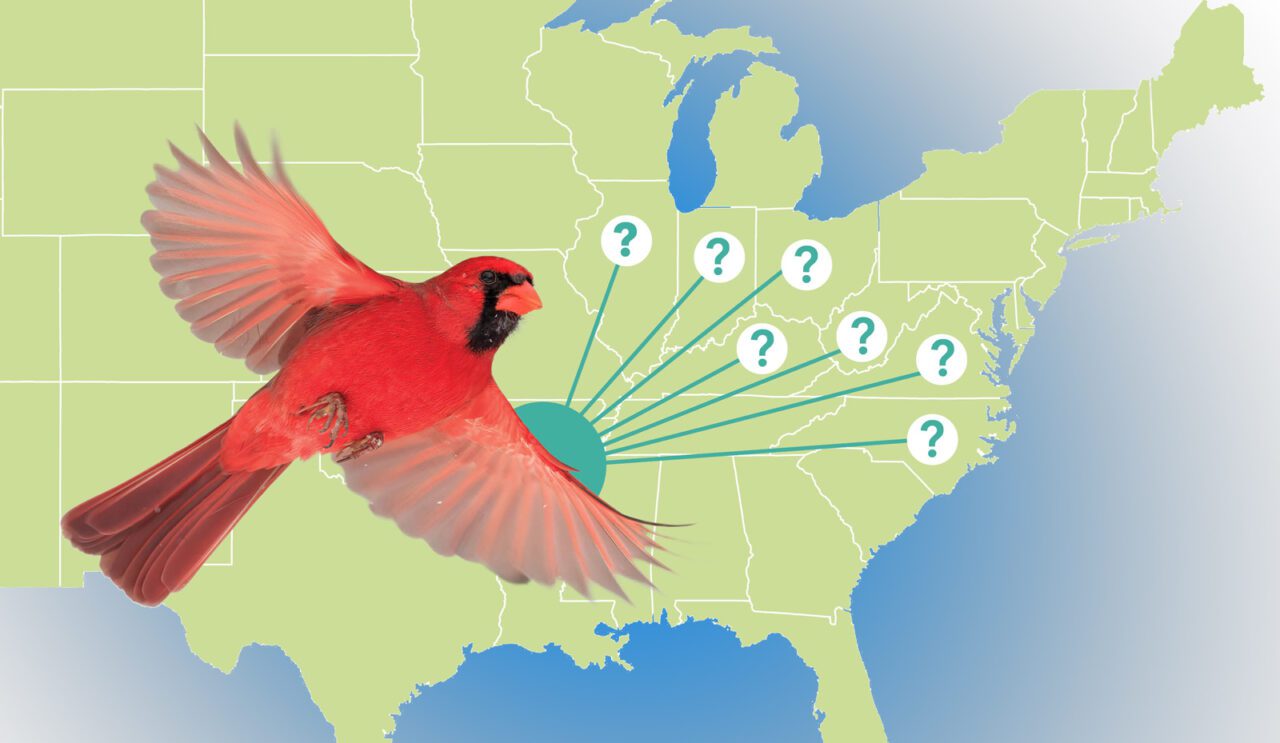
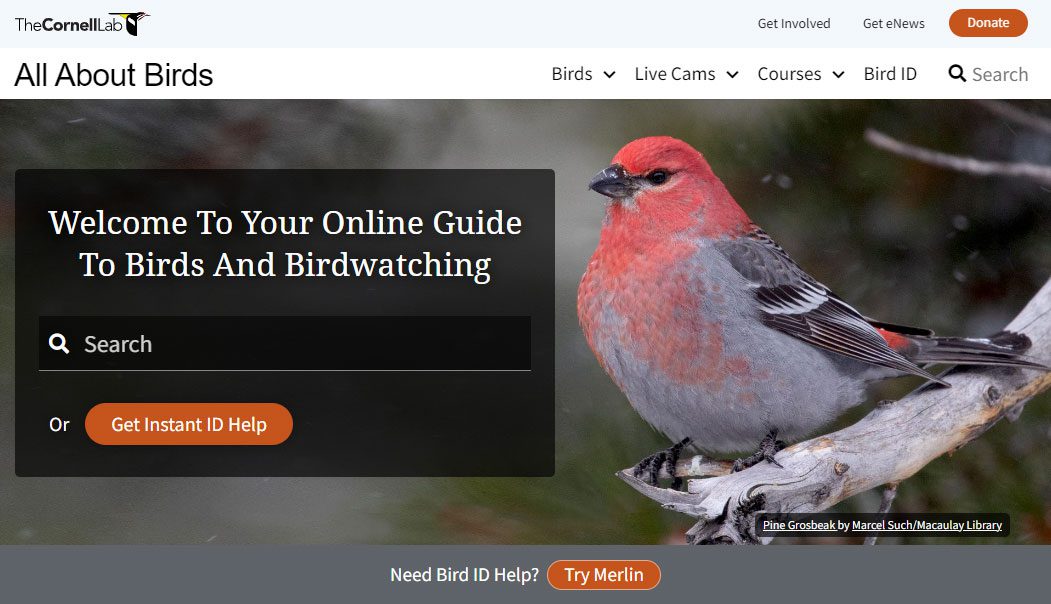
/https://tf-cmsv2-smithsonianmag-media.s3.amazonaws.com/filer_public/79/d3/79d3e110-8695-4b07-b0ae-a4f2453c791f/20230208-068sb-bird-historic-arch.jpg) “In the old bird house, the animals were a more international mix. But while the experience is now focused on birds of the Americas, it’s not likely you’ve seen them all before. These species surround us in forests, coasts and cities, but so many of them go undetected.
“In the old bird house, the animals were a more international mix. But while the experience is now focused on birds of the Americas, it’s not likely you’ve seen them all before. These species surround us in forests, coasts and cities, but so many of them go undetected.:focal(800x602:801x603)/https://tf-cmsv2-smithsonianmag-media.s3.amazonaws.com/filer_public/7e/e2/7ee2bf1f-ff2a-479a-9468-b610f5143387/progne-subis-_web.jpg) Lest you think that we live in an isolated world where nothing outside can hurt us and where we do not need to fix a problem that occurs far away,please read this article from the Smithsonian Magazine. Simply put, it tells us about gold mining in the Amazon and how this is a cause of the decline in Purple Martin populations in the United States. Surprisingly, it has nothing to do with habitat loss. It involves a very subtle physiochemical dynamic in the effect of mercury on fat storage in the birds.:
Lest you think that we live in an isolated world where nothing outside can hurt us and where we do not need to fix a problem that occurs far away,please read this article from the Smithsonian Magazine. Simply put, it tells us about gold mining in the Amazon and how this is a cause of the decline in Purple Martin populations in the United States. Surprisingly, it has nothing to do with habitat loss. It involves a very subtle physiochemical dynamic in the effect of mercury on fat storage in the birds.: